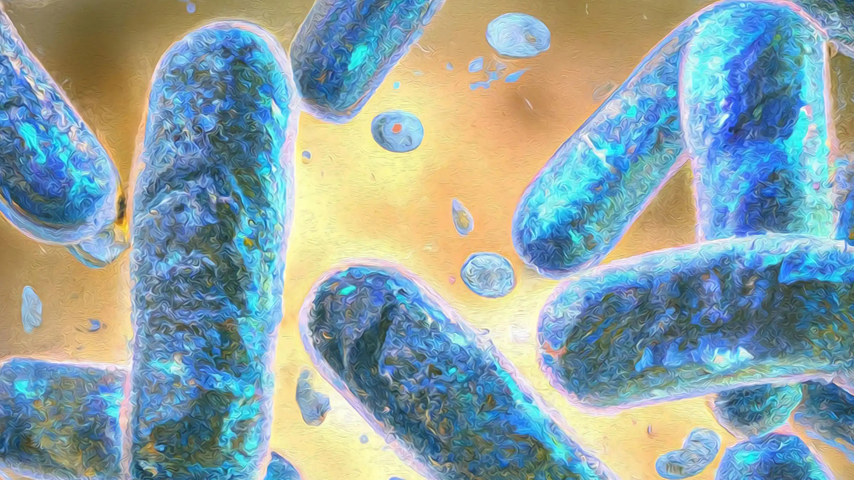Cyborg Cells Could Attack Cancer from Within
Cyborg Cells Could Attack Cancer from Within


Researchers at the University of California, Davis, have created hydrogel-infused “cyborg cells” capable of surviving inhospitable situations.
To get an engineered cell to do useful tricks such as deliver drugs or sense pollution, it needs to do two things: live and die. That is to say, it needs survive many of the hazards that can kill a cell too quickly, like antibiotics or an inhospitable pH, and it must also not be able to replicate and cause environmental or biological disaster.
Now researchers at the University of California, Davis, have created hydrogel-infused “cyborg cells” that can survive longer in environments that would more quickly kill their natural counterparts.
The idea first came to Luis Eduardo Contreras-Llano, a graduate student at the university at the time, and his colleagues during the COVID-19 lockdown. “We were thinking, ‘What can we do that is new and exciting with the materials that we have in the laboratory?’” he said. “What if we try to incorporate a hydrogel into bacteria and see if that’s even possible?”
Similar Reading: Acoustically Triggered Nanorobotics Hold Promise for Cancer Treatment
It turned out to be both possible and relatively simple. When high temperature differentials induce heat shock, the cells suck up whatever’s around them. Contreras-Llano chilled the bacteria down to -112 °F and then turned up the heat to 77 °F within a few minutes. “That forces the cell to take in everything that is in the surrounding environment,” he said.
The cells are then hit with enough UV light to polymerize the hydrogel. After tweaking the parameters available to them—light, temperature, and timing—they eventually finessed the process so that the amount of crosslinking prevented the cells from dividing, but was not so much that they were killed from excessive interior crystallization.
Altered cells survived several scenarios that would have vanquished non-cyborg cells: high pH levels, high salt concentrations, and various antibiotics. “So you can imagine, for example, that if a patient also has an infection, a regular bacteria is going to be affected by the antibiotic. So, you can use this type of cell as a drug delivery mechanism.” And there’s no chance they’ll divide, replicate, and/or eventually mutate, as “they’re physically constrained. Mechanically they can’t do it,” he added.
Become a Member: How to Join ASME
The team further engineered their cyborg cells so that they expressed a protein, Invasin, that allowed them to penetrate cancer cells. Future engineering could combine their technique with cells that have been created with receptors for cancer. Once they’ve reached their target, these engineered miracle bugs may also begin to synthesize drugs to attack the cancer.
The resulting paper, “Engineering Cyborg Bacteria Through Intracellular Hydrogelation,” appeared in Advanced Science this January. More recently, Contreras-Llano’s team looked at their cyborg cells with a transmission electron microscope to see what was going on inside the cell walls. “It’s not a shell,” he said, “It’s more like a sphere, inside of the cytoplasm.” They’ve also started trying to get the technique to work with other bacteria, in addition to the E. coli used in the initial experiment.
“If we’re going to work with a more developed, diverse toolset, that will be amazing,” said Contreras-Llano. “So, there’s a lot of potential, but I think it’s fairly early days for what we’re doing.”
Michael Abrams is a technology writer in Westfield, N.J.



